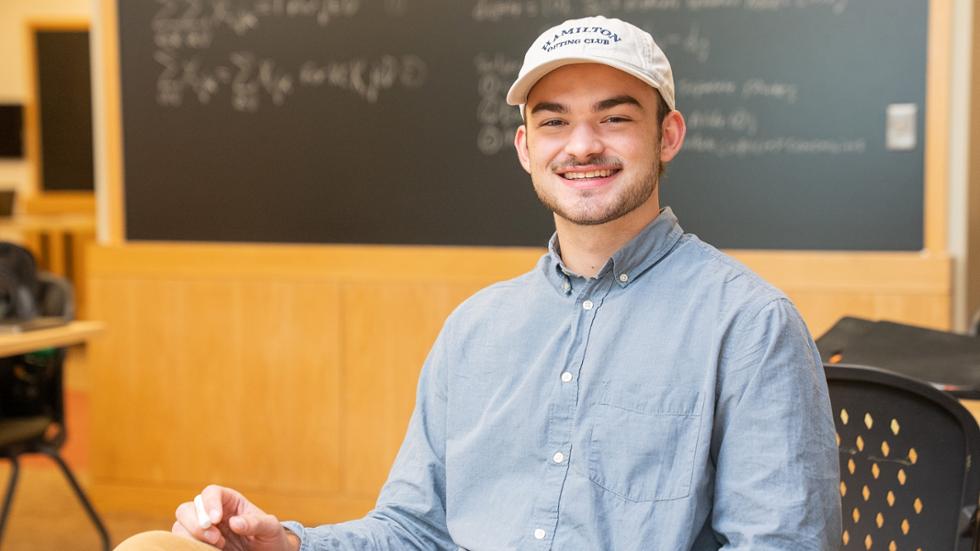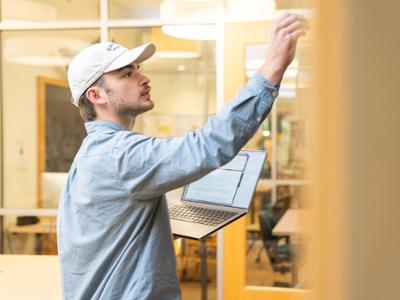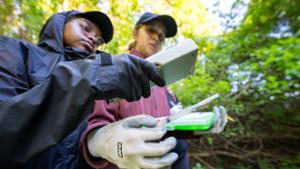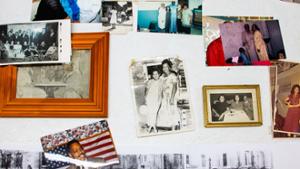
Williams’ project emerged from discussions with his mentor Sally Cockburn, the Samuel F. Pratt Professor of Mathematics & Statistics, at the end of her Linear Optimization course.
“Hugh saw some papers on applying linear optimization techniques to solve problems for nonprofit organizations. In particular, a paper on helping a food bank make distributions caught his eye,” Cockburn said.
Williams attempted to work with local food banks in his home state of Georgia but was unable to get a project off the ground. This was where Cockburn stepped in and helped Williams get in contact with FBCNY, which was receptive to the idea.
One of the first challenges Williams faced was the coding itself. He had some experience using the programming language R in his statistics classes. However, he would have to teach himself the language Python and develop new programming skills for this project.
“I spent a while figuring out how to approach writing an algorithm from scratch,” Williams said. “I was lucky that, at the beginning of the summer, I worked on running the orientation algorithm at Hamilton that minimizes the trip ranking for each freshman. I looked at that Python script and reverse-engineered it because it was using the same optimization package I was.”
“I’m glad that I was able to give back to this area in a tangible way for a good cause.”
Williams’ first attempt at an algorithm ran for 10 1/2 hours yet only reached 30% of the optimal solution — a far-cry from his desired output of between one and five percent. The real breakthrough came from adapting what is known as the Clarke and Wright Savings Algorithm. With this algorithm as his base, Williams produced a rapid algorithm whose solutions were statistically similar to the more cumbersome method to find an exact solution.

His experience working on this project has inspired Williams to pursue a career in applied mathematics.
“I hadn’t thought about a career in such a technical field, but now that I’ve worked through this project and gotten my hands on doing this math in a real scenario, I realize it’s something I enjoy a lot,” Williams said.
Underlying the whole project was Williams’ strong humanitarian values. As he had previously worked on Professor of Art Rob Knight’s Refugee Tales project, Williams thought of the high refugee population of Utica and how they will be impacted by recent federal funding cuts.
“Some of the people most affected by SNAP cuts will be refugees,” Williams explained. “These cuts will directly impact the Food Bank because they’ll have a lot more people coming [for support]. Reducing the operational cost of the Food Bank is a way to counteract this funding loss and help keep food available to everyone.”
Williams is now working with FBCNY to develop an easy-to-use application so employees can run his algorithm every morning for their daily routes. For Williams, producing something that aids the local community has been the highlight of the project.
“Since I’m from Georgia, I’ve been a transient person in this community. I’m only here for four years,” Williams said. “I’m glad that I was able to give back to this area in a tangible way for a good cause.”
Posted August 27, 2025


